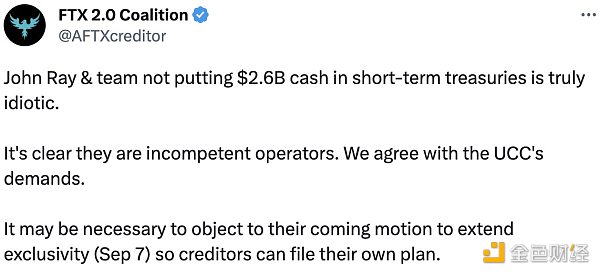The Future of Derivatives Trading Platforms
Future Derivatives Trading PlatformsIn recent years, the scale of digital asset trading has exploded, and today, the scale of derivative trading has far surpassed spot trading. With the market explosion, the trading mechanism of centralized trading platforms no longer meets the needs of users. Therefore, the decentralized trading platform Kine has made breakthrough progress in derivative trading mechanisms and technologies. Who will be the unicorn of future derivative trading platforms? This is full of imagination, and many emerging on-chain derivative trading platforms are eager to try.
Recently, decentralized derivative trading platforms have been hot. According to data from the official website of CoinMarketCap, Kine Protocol has only 27 markets, but its market share accounts for 20.2064%, ranking first and surpassing dydx, Uniswap, LianGuaincakeSwap, etc. CMC ranks top decentralized exchanges based on trade volume and market share in the DeFi market. Kine Protocol is worth paying attention to!
Kine Protocol, also known as Kine, has not only received a $24 million investment from top investment institutions, but also has an impressive lineup of investors. Its investors include CFA certified Lei and the major shareholder of the centralized trading platform Ouyi, as well as industry leaders such as Silicon Valley investors Naval Ravikant and Alex LianGuaick who have invested in and joined the project.
The derivative trading mechanism can better meet the current market users’ demand for high-frequency and high-leverage asset allocation. Although spot trading can be used for asset allocation and financial management, from the perspective of the overall trading market, spot trading has lost the basis of asset appreciation and asset turnover rate, and the circulation efficiency of capital has significantly decreased. From the perspective of financial laws, derivative trading is more in line with market demand in terms of liquidity and trading volume than spot trading.
- ANZ Bank uses Chainlink CCIP to test the purchase of tokenized assets
- Is the encryption industry ready to welcome the influx of funds from Wall Street?
- US SEC Targets NFTs What Does It Mean for NFTs?
Centralized trading platforms are no longer satisfied with the additional demands of cryptocurrency derivatives. As a result, the individual shareholders of centralized trading platforms, together with shareholders of top investment institutions, have jointly created the decentralized derivative trading platform Kine. Kine enables all transactions to be conducted on-chain, and assets and transaction processes are completely transparent. Through the point-to-pool trading mechanism, more derivative trading users are able to achieve a fairer and safer trading environment.
In summary, the decentralized derivative trading platform Kine places users’ funds on smart contracts rather than relying on the platform’s moral conduct. Kine is more transparent and convenient compared to existing decentralized derivative trading platforms, and its advantages in terms of welfare activities and cross-platform trading make it a more attractive choice for traders.
We will continue to update Blocking; if you have any questions or suggestions, please contact us!
Was this article helpful?
93 out of 132 found this helpful
Related articles
- Messari Farcaster’s usage rate has reached a historical high recently. What are the key factors driving Farcaster’s growth?
- Introduction to Aztec.nr Aztec’s privacy smart contract framework allows smart contract developers to intuitively manage privacy states.
- Reshaping the future of Ethereum staking SSV enters the launch phase
- Must-Read for Entrepreneurs – China’s NFT Digital Collectibles Compliance Operation Guide V2.0
- Former Celsius executive admits to criminal charges, previously engaged in price manipulation.
- Ethereum Co-Founder The Future of Cryptocurrency will be Embraced by the United States
- EOS founder BM’s platform Voice announced shutdown a four-year, $300 million attempt





